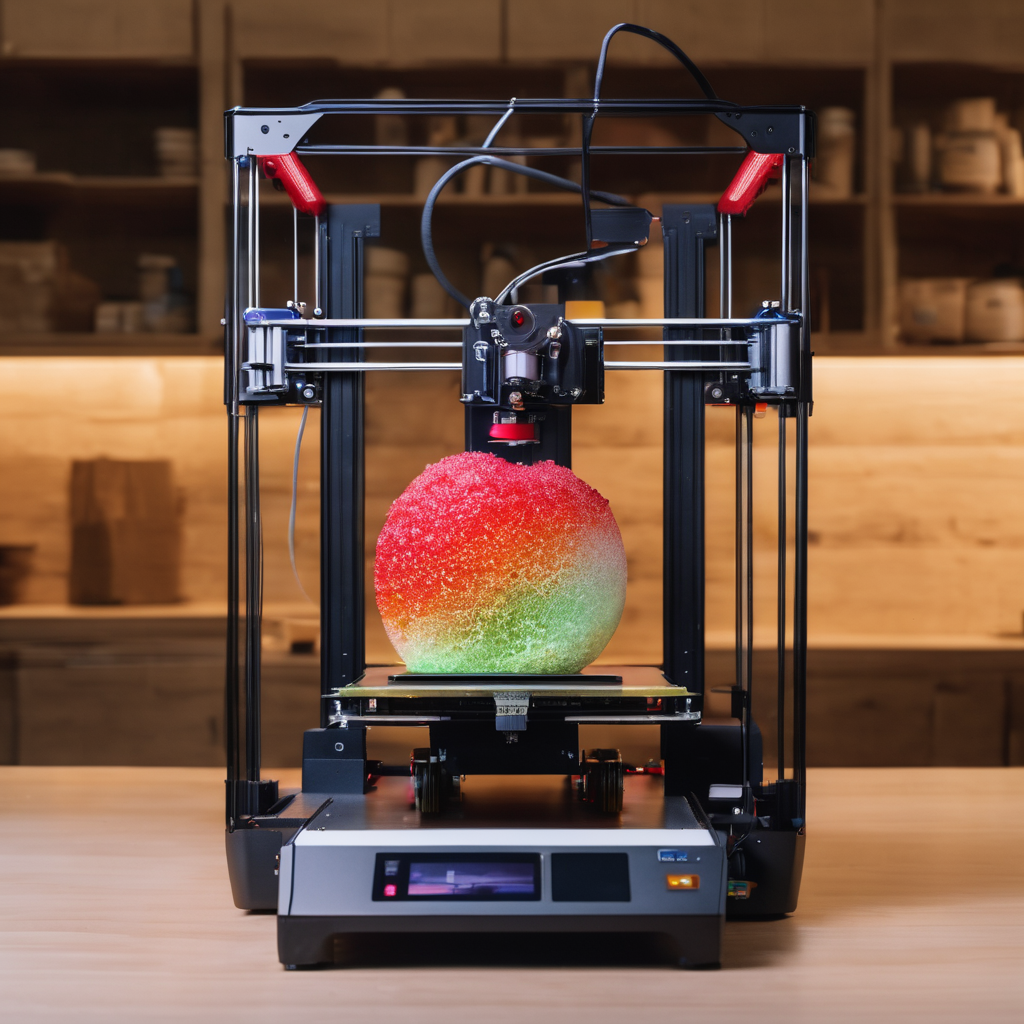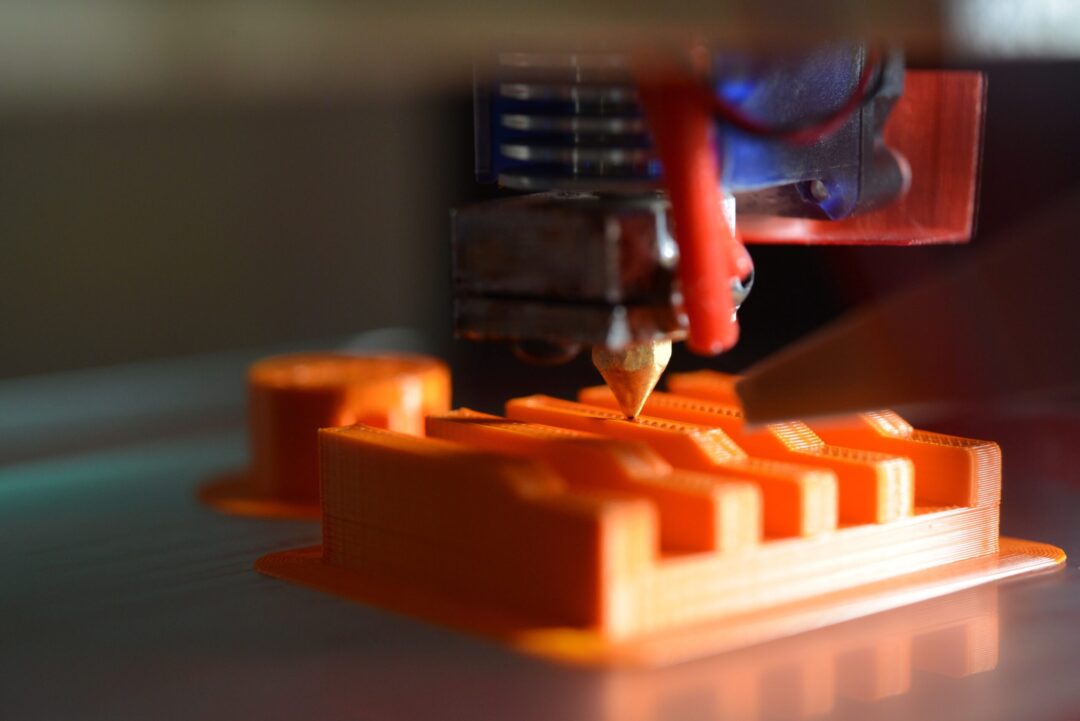No products in the basket.
Blog, Technology
The Revolutionary World of 3D Printing
Introduction
3D printing, also known as additive manufacturing, is a ground-breaking technology that has transformed various industries. It involves the creation of three-dimensional objects by layering materials based on a digital model. What was once considered a futuristic concept is now a reality.
Applications in Medicine
One of the most promising applications of 3D printing is in the field of medicine. It has revolutionized the way medical devices and prosthetics are created. Surgeons can now create customized implants and prosthetic limbs tailored to individual patients, resulting in better outcomes and improved quality of life.
Additionally, 3D printing has played a crucial role in the development of organ and tissue printing. Researchers are working on the possibility of printing human organs, such as kidneys and hearts, using a patient’s own cells. This technology has the potential to save countless lives by eliminating the need for organ transplants.
Advancements in Aerospace
The aerospace industry has also been greatly impacted by 3D printing. This technology allows for the creation of complex and lightweight components that were previously impossible to manufacture. It has significantly reduced the weight of aircraft, resulting in improved fuel efficiency and reduced emissions.
Furthermore, 3D printing enables rapid prototyping and iteration, allowing engineers to test and refine designs quickly. This has accelerated the development process and reduced costs associated with traditional manufacturing methods.
Transforming Manufacturing
Manufacturing processes have been transformed by 3D printing. Traditional methods often involve time-consuming and costly processes, such as molding and casting. With 3D printing, complex parts can be produced in a single step, eliminating the need for multiple manufacturing processes.
Companies can also benefit from on-demand production, reducing the need for large inventories and minimizing waste. This has opened up opportunities for small businesses and entrepreneurs to bring their ideas to life without significant upfront costs.
Education and Design
3D printing has also had a significant impact on education and design. It allows students and designers to bring their concepts to life in a tangible and interactive way. This hands-on approach enhances creativity and problem-solving skills.
Students can design and print prototypes of their inventions, providing a valuable learning experience. Furthermore, 3D printing has enabled the creation of intricate and artistic designs that were previously challenging to achieve.
Conclusion
3D printing has emerged as a transformative technology with a wide range of applications. From medicine to aerospace and manufacturing to education, its potential is limitless. As the technology continues to advance, we can expect even more ground-breaking applications that will reshape various industries and improve our lives.

